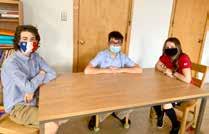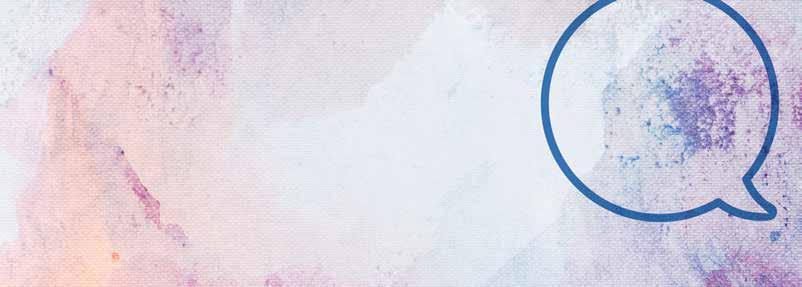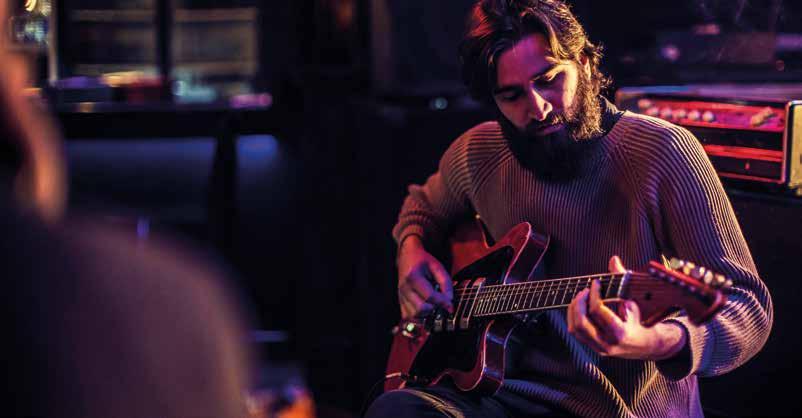
4 minute read
NEWBORN HEARING SCREENING IN A FEW QUESTIONS
For several years now, hospitals have been offering hearing screening as soon as a child is born. This type of screening is important because undetected hearing loss affects children’s language development and learning. It is estimated that 1 to 3 of every 1,000 babies have moderate permanent hearing loss in both ears. Another 1 to 3 babies of every 1,000 may have mild permanent hearing loss in one ear.
What is newborn hearing screening?
In the hospital, screening is usually done by an audiologist or a nurse under their supervision. During this quick test, an earmold is inserted into the baby’s ear and a device produces different tones. When the cells in the inner ear are healthy, they respond to these sounds by sending echoes, called otoacoustic emissions. During the test, the device determines whether the ear is producing those otoacoustic emissions. It needs to be done in silence so that the device can receive responses from the inner ear cells. Ideally, it’s done while the baby is sleeping. If the baby is calm, the screening only takes a few minutes; it will take longer if he is awake and moving. Either way, there’s no need to worry. The screening is non-invasive and doesn’t hurt the child.
What if screening isn’t available at the hospital where my child will be born?
Audiologists working in clinics can also perform newborn hearing screenings. However, the test requires specific equipment, so it’s best to check which clinics offer this service.
If the hearing screening is unsuccessful, it will need to be repeated a little later. This doesn’t mean your child cannot hear; the screening may be successful during the second appointment. It could just mean that there was an obstruction in the ears because of delivery, which may have prevented the device from picking up on the echo, or that the initial test conditions were not optimal (e.g. restless baby). It’s a common occurrence in newborns. If the second screening is unsuccessful, more advanced tests will be offered to assess your child’s hearing.

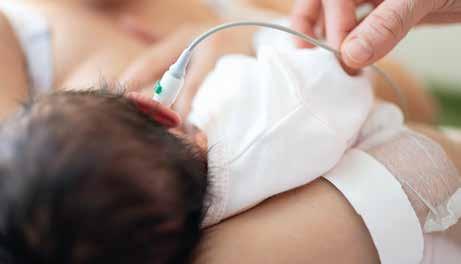
What if the screening is successful?
When a screening is successful, significant hearing loss can be ruled out. However, the child could still have slight or mild hearing loss. In other words, the screening cannot determine that their hearing is completely normal. That said, if the screening is successful, it means that the child has enough hearing to allow for language development and learning. Subsequent examinations are recommended later in the child’s development to make sure their hearing is still adequate. It’s also important to keep in mind that hearing can change over time. For example, children are prone to otitis (with effusion or acute). These types of otitis generally cause temporary hearing loss. Deafness may also develop over time; for instance, 1–2 of every 1,000 school-aged children may develop moderate bilateral hearing loss. Another 2–13 in 1,000 school-aged children are reported to have mild hearing loss in one ear. Therefore, even if the newborn screening is successful, it’s important to have your child’s hearing reassessed if you have doubts or notice changes in their hearing. Children’s hearing can be assessed from the age of 9 months in the audiology clinics where the service is offered. Assessments before this age are generally done in specialized hospital centers, given the equipment and expertise required. Generally, it’s recommended to have another assessment before the child starts school.
If you have any questions about newborn hearing screening, don’t hesitate to contact an audiologist!
Amélie Forget Audiologist practicing at the Sainte-Foy Lobe clinic
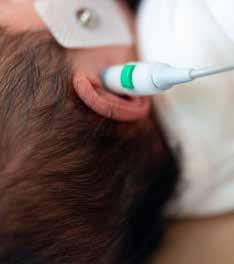
References - Arnold, S., Barrington, K., Breton, D., Gendron, M.,
Hurteau, A-M., Janvier, A., … Picard, M. (2007). Le dépistage de la surdité chez le nouveau-né : Évaluation des avantages, des inconvénients et des coûts de son implantation au Québec. Online. https://www.inspq. qc.ca/pdf/publications/722-LeDepistageSurdite. pdf. Consulted on August 11, 2020. - Bess, F. H., & Tharpe, A. M. (1984). Unilateral hearing impairment in children. Pediatrics, 74(2), 206-216. - Ross, D. S., Holstrum, W. J., Gaffney, M., Green,
D., Oyler, R. F., & Gravel, J. S. (2008). Hearing screening and diagnostic evaluation of children with unilateral and mild bilateral hearing loss. Trends in
Amplification, 12(1), 27-34. - World Health Organization. (2010). Newborn and infant hearing screening: Current issues and guiding principles for action. Geneva: World Health
Organization. Online. https://www.who.int/blindness/publications/Newborn_and_Infant_Hearing_
Screening_Report.pdf?ua=1. Consulted on August 11, 2020.



